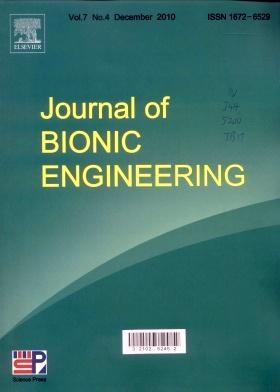Dimensional Synergistic Optimization Strategy of the Hybrid Humanoid Robotic Legs
Abstract
This paper proposes the Leg Dimensional Synergistic Optimization Strategy (LDSOS) for humanoid robotic legs based on mechanism decoupling and performance assignment. The proposed method addresses the interdependent effects of dimensional parameters on the local and whole mechanisms in the design of hybrid humanoid robotic legs. It sequentially optimizes the dimensional parameters of the local and whole mechanism, thereby balancing the motion performance requirements of both. Additionally, it considers the assignment of efficient performance resources between the Local Functional Workspace (LFW) and the Whole Available Workspace (WAW). To facilitate the modeling and optimization process, a local/whole Equivalent Configuration Framework (ECF) is introduced. By decoupling the hybrid mechanism into a whole mechanism and multiple local mechanisms, the ECF enhances the efficiency of design, modeling, and performance evaluation. Prototype experiments are conducted to validate the effectiveness of LDSOS. This research provides an effective configuration framework for humanoid robotic leg design, establishing a theoretical and practical foundation for future optimized designs of humanoid robotic legs and pioneering novel approaches to the design of complex hybrid humanoid robotic legs.

 求助内容:
求助内容: 应助结果提醒方式:
应助结果提醒方式:


